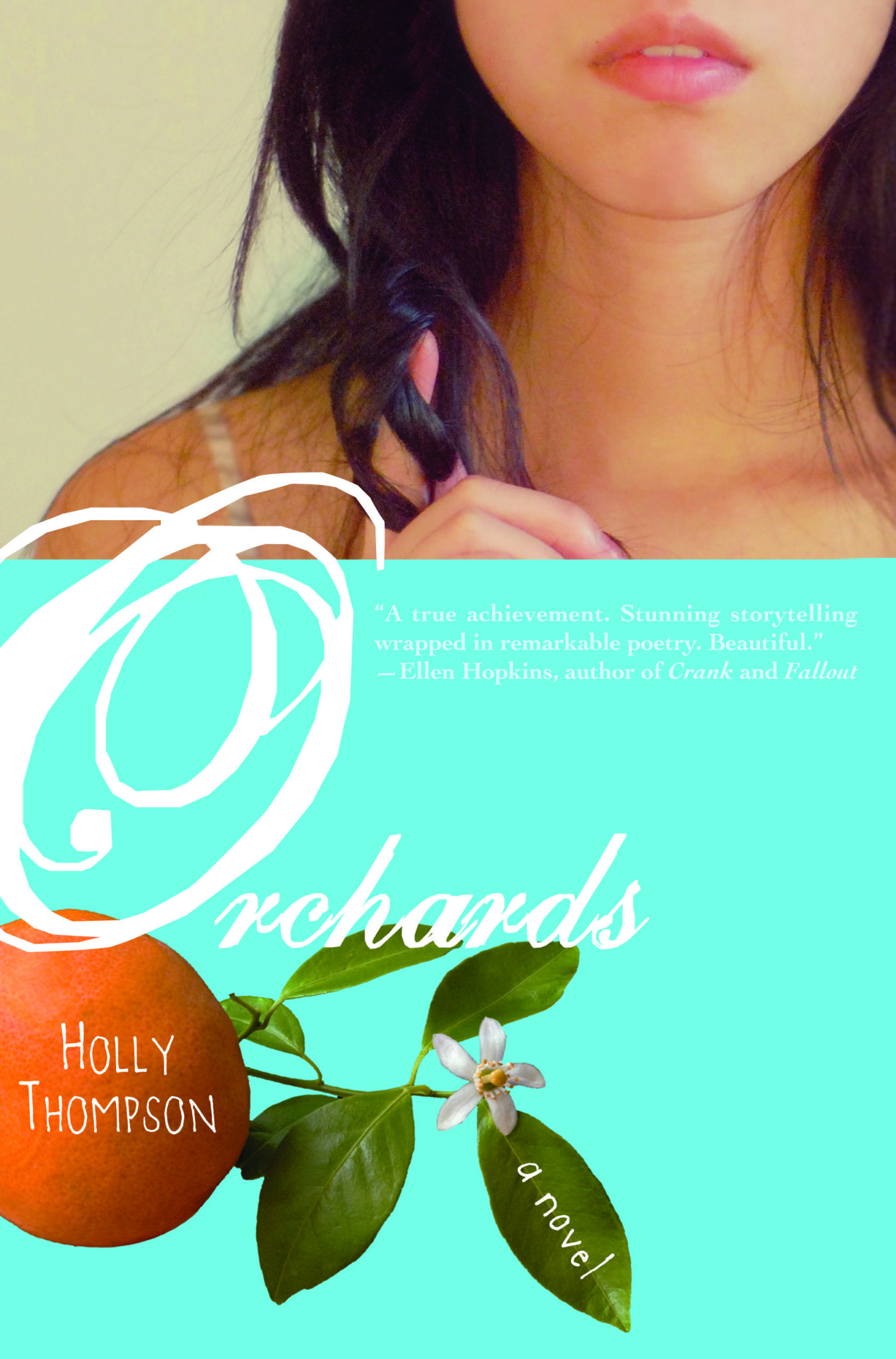The Lincolns: A Scrapbook Look at Abraham and Mary by Candace Fleming
Bibliography
Fleming, Candace. The Lincolns: A scrapbook look at Abraham and Mary. Random House LLC, 2008.
ISBN: 978-0375836183
Plot
The Lincolns: A Scrapbook Look at Abraham and Mary is an account of Abraham Lincoln, and his wife, Mary Todd Lincoln, both separately and as a couple. The book follows the story of their lives from a brief description of their parents, to their births, childhoods, marriage, presidency, and eventual deaths. Fleming also devotes portions of the book to discussing the events and people surrounding the Lincolns, such as the Civil War battles or their friends and cabinet members. These serve to illustrate the Lincolns in ways that round them out as people. By knowing the circumstances of their time and the people they loved (or did not love), the Lincolns are able to be seen as real and courageous people.
Critical Analysis
Both an informative and intriguing account of the Lincoln’s lives from birth until death, The Lincolns by Candace Fleming presents a lavish peek inside their family and the times in which the Lincolns lived. Organizing a vast amount of information, Fleming uses different fonts, word sizes, and pictures to create a scrapbook style; this aids in making the pages turn quickly, as readers ingest small portions of text that build the story and information. Chapters further delineate the information to gain understanding of the different seasons of life that the Lincolns lived through. Archival style pictures on each page not only enhance the scrapbook nature of the text, but the overall understanding of the Lincoln family. The style of writing presents actions and words of the people, and lets the soul and character of Mary and Abraham shine through how they lived. Readers will find themselves inspired by Lincoln as he works through a multitude of perils, as they see his and Mary’s love, diligence, and extreme hard work shown through the insights of Fleming’s research. The brevity of Fleming to narrow all the information available on the Lincoln’s is evident in the book, which focuses on cited quotations and primary sources, noted in the source notes, research notes, index and bibliography. Because of the organization and accuracy, readers will easily be motivated to further reading on the Lincolns when inspired by a particular portion of the work and the simplicity of locating the section of interest. The Lincolns: a scrapbook look at Abraham and Mary is a delightful and accurate work on both Abraham and Mary Lincoln that gives insight into one of the greatest presidents of the United States of America.
Personal Response
After reading this book, I was inspired to get to know the Lincolns in deeper ways through more research and reading. Their marriage and love was touching. Multiple times throughout the story I gave an audible sigh at the vignettes of how they served each other, even through their brokenness or terrible circumstances. I was also struck by how hard the Lincolns worked for the good of the country as a whole. Of course, there were exceptions, such as Mary’s spending and Lincoln’s policies at times, but overall, they worked under dire and grieving events towards the betterment of the American people.
Excerpts of Reviews
"The scrapbook technique . . . remains fresh and lively, a great way to provide a huge amount of information in a format that invites both browsing and in-depth study."
Kirkus Reviews
“Her scholarship over five years pays off with a rich account that is personal and concrete... It's hard to imagine a more engaging or well-told biography of the Lincolns.”
School Library Journal
“On spreads that combine well-chosen visuals with blocks of headlined text, Fleming gives a full, birth-to-death view of the “inextricably bound” Lincolns. Once again, Fleming humanizes her subjects and offers a broader perspective on their times with cleverly juxtaposed facts, anecdotes, and images...Starting with her personal introduction, this exemplary resource will prompt readers to consider how an individual’s life story, and a country’s history, are constructed. “
Booklist
Connections
- Have children create their own scrapbook page of the life of either Abraham or Mary Lincoln, highlighting areas they find important in the reading.
- While reading through the book, have students create a timeline of the major political events, war battles, and other cultural happenings around the time of the Lincolns.
- Children may explore the Lincoln websites located on page 158 of The Lincolns: A Scrapbook Look at Abraham and Mary.
- Students can perform their own biographical research on each other by interviewing friends and family of another classmate to find out about his or her life thus far. They can arrange their findings into a short book or presentation and present to the class about each other.
- Read other books about the Lincolns, such as: Lincoln: a Photobiography by Russell Freedman, True Stories about Abraham Lincoln by Ruth Belov Gross, and Lincoln in His Own Words by Milton Meltzer.

